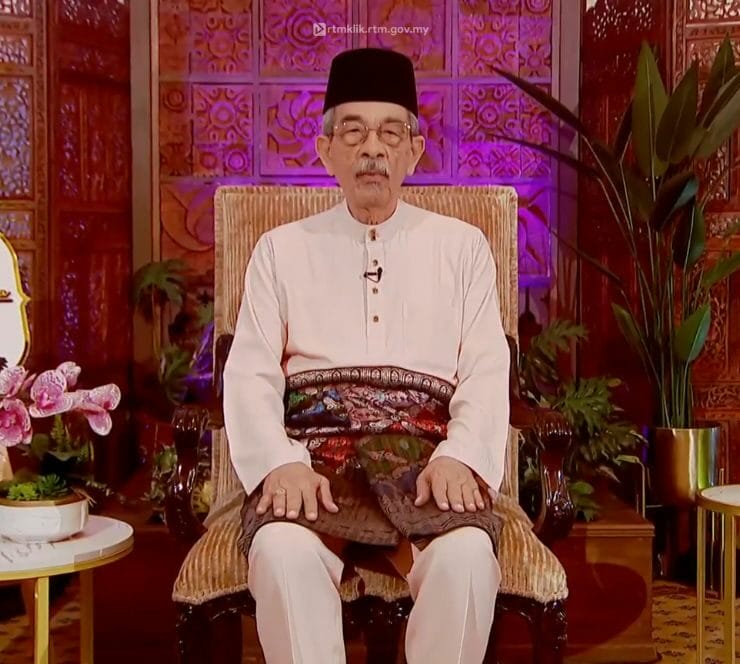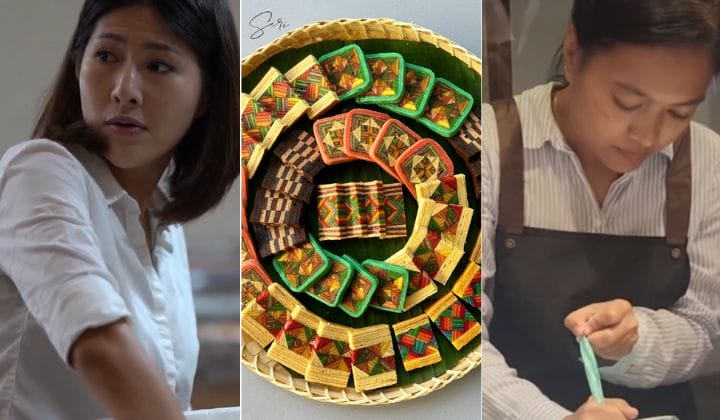Guess What? There Will Be TWO Ramadans In The Year 2030
Ramadan will fall once in January and again in December 2030.
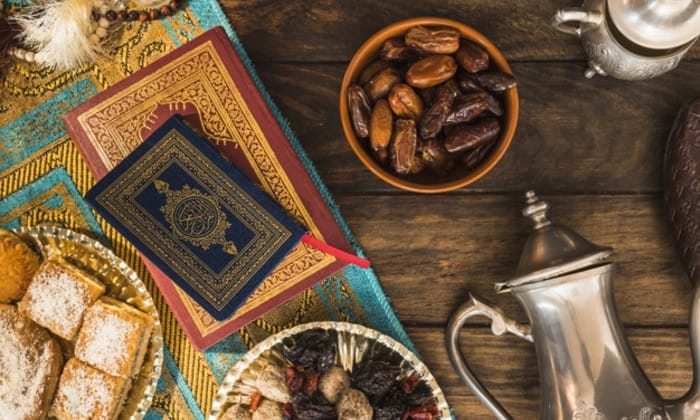
Subscribe to our Telegram channel for the latest stories and updates.
Can you imagine fasting during the month of Ramadan, twice, in a single year? Well, wouldn’t you know it, that date with deen-stiny is probably set for the year 2030!
Based on predictions made in the Islamic calendar, Muslims around the world would be observing the holy month of Ramadan twice in 2030 – once in early January and again in late December.
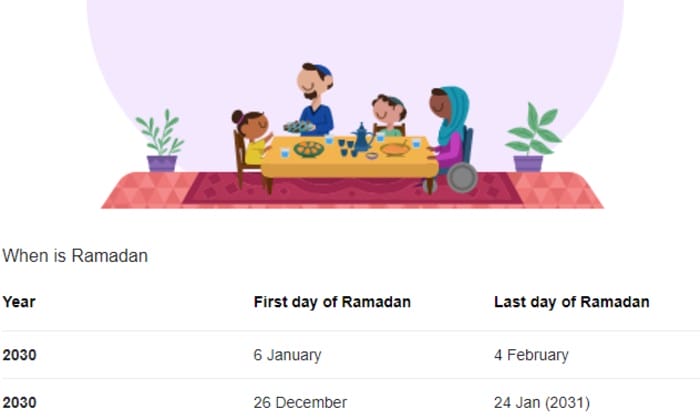
(Credit: Google)
Astronomical event
According to astronomers at the Dubai Astronomy Group (DAG), the double-Ramadan event is another natural phenomenon that occurs by how we humans perceive time and because Ramadan moves forward by around 11 days each year.
This is because, the Islamic calendar – which Muslims use to determine dates of religious practices and holidays – is slightly different from the Gregorian calendar that we normally use in our modern daily lives.
When calendars collide
Life on earth is neatly arranged into cycles, and throughout the ages we humans have developed an array of different calendar systems to measure and organized our lives according to the changing seasons – like the old Julian calendar used by westerners or the ancient Chinese Zodiac calendar still used by cultures today.
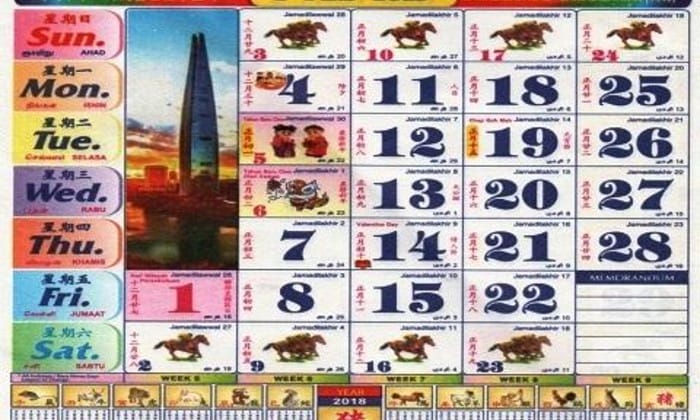
(Credit: APP AGG)
The Gregorian or our current modern calendar is synchronised according to the “solar year” or based on the earth’s position relative to the sun, consisting of 12 separate months and between 365 and 366 days in a single year.
In parallel, the Islamic lunar calendar or the Hijrah calendar consist of only between 354 and 355 days in a year and as its name implies, is observed according to the phases of the moon.

(Credit: Malay Mail)
Additionally, the Islamic calendar also does not observe “leap years” as the Gregorian calendar does.
This results in the Islamic year being around 11 to 12 days shorter than the Gregorian year and why Islamic dates and holidays looks as if they shift around each year.
With that out of the way, let’s just hope that our classic Malaysian Ramadan bazaars will still be around in the year 2030.
READ MORE: The Forgotten History Of Malaysia’s 6 Timezone Changes
Share your thoughts with us on TRP’s Facebook, Twitter, and Instagram.
Typing out trending topics and walking the fine line between deep and dumb.




